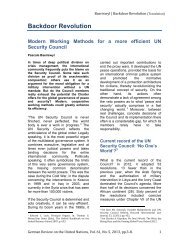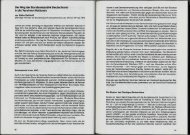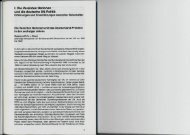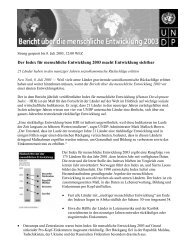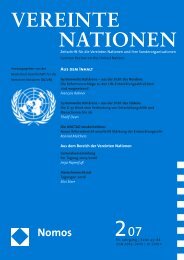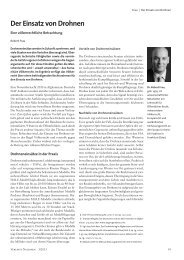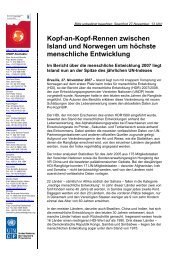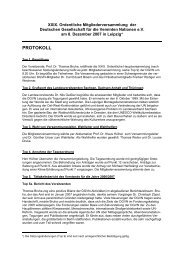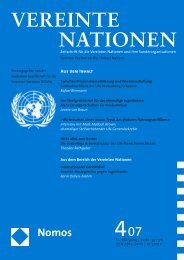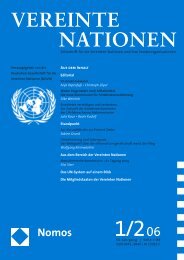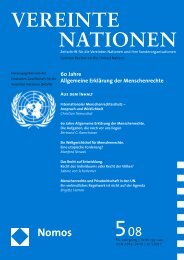One Ocean, Many Worlds of Life - Convention on Biological Diversity
One Ocean, Many Worlds of Life - Convention on Biological Diversity
One Ocean, Many Worlds of Life - Convention on Biological Diversity
You also want an ePaper? Increase the reach of your titles
YUMPU automatically turns print PDFs into web optimized ePapers that Google loves.
Perhaps most unique and remarkable <str<strong>on</strong>g>of</str<strong>on</strong>g> all are the ecosystems that surround<br />
hydrothermal vents and cold-water seeps, the discovery <str<strong>on</strong>g>of</str<strong>on</strong>g> which turned<br />
prec<strong>on</strong>ceived noti<strong>on</strong>s <str<strong>on</strong>g>of</str<strong>on</strong>g> life <strong>on</strong> Earth <strong>on</strong> their head. First seen in 1977,<br />
hydrothermal vents occur in volcanically active areas <str<strong>on</strong>g>of</str<strong>on</strong>g> the seafloor like<br />
mid-ocean ridges, where tect<strong>on</strong>ic plates are pushing and pulling above<br />
magma hotspots in Earth’s crust and where super-heated gases and chemically<br />
rich water erupt from the ground at temperatures <str<strong>on</strong>g>of</str<strong>on</strong>g> up to 400°C.<br />
Microbial organisms are able to withstand these extreme temperatures to<br />
create energy from the chemical compounds being forced up through the<br />
vents—particularly hydrogen sulfide, which is highly toxic to most known<br />
organisms—via a process called chemosynthesis. Some <str<strong>on</strong>g>of</str<strong>on</strong>g> these microbes<br />
live symbiotically inside tubeworms, while others form large mats, which<br />
attract progressively larger organisms that graze <strong>on</strong> them. So far, over 500<br />
species that live <strong>on</strong>ly at hydrothermal vents have been discovered; it is<br />
possible that these communities are the oldest ecosystems <strong>on</strong> Earth and the<br />
place where life began.<br />
Seven years after scientists discovered hydrothermal vents, they began to<br />
come across cold seeps, areas <strong>on</strong> the ocean floor where water, minerals, gases<br />
such as methane and compounds such as hydrogen sulfide are expelled from<br />
beneath the crust. Unlike vents, those liquids aren’t superheated, but like<br />
vents, cold seeps support an array <str<strong>on</strong>g>of</str<strong>on</strong>g> unique, and previously unknown, life.<br />
Gavin Newman/Greenpeace NOAA/OEP<br />
Unique and fantastic life forms populate the deep seas<br />
30 Marine BiOdiversity<br />
NOAA/OEP<br />
NOAA/Steve Ross



